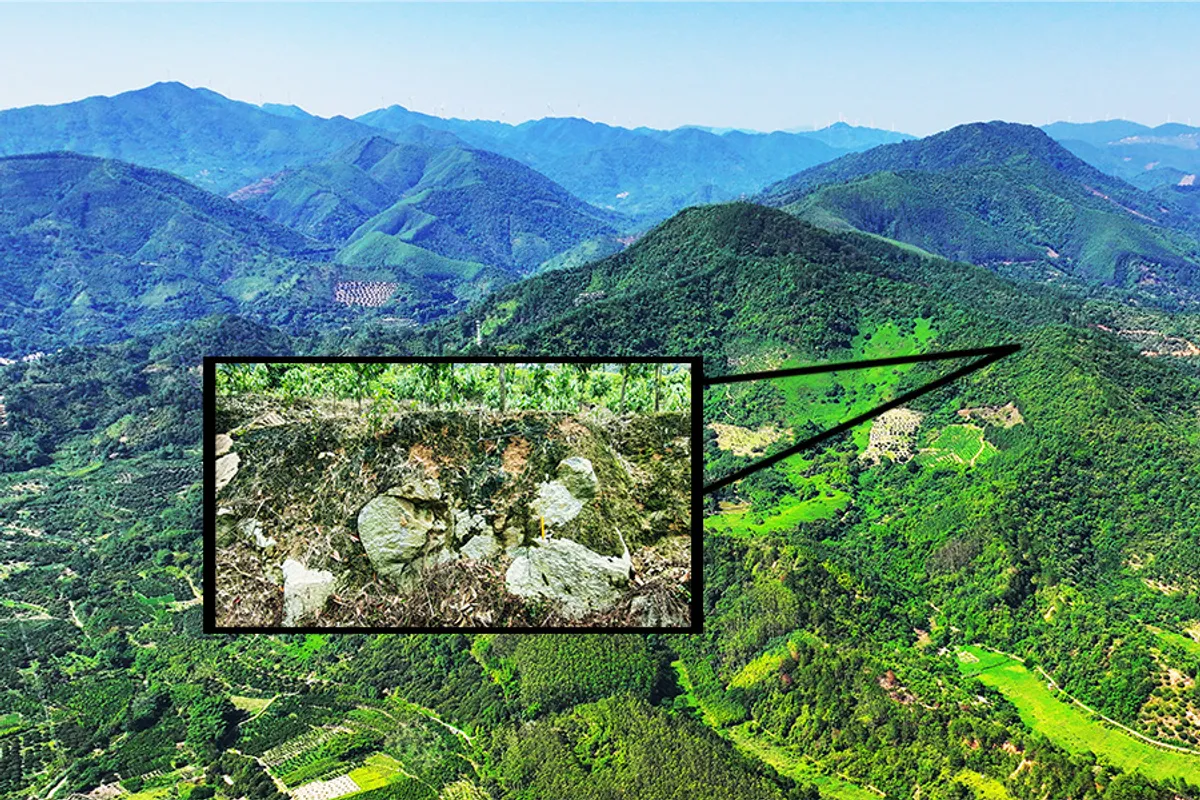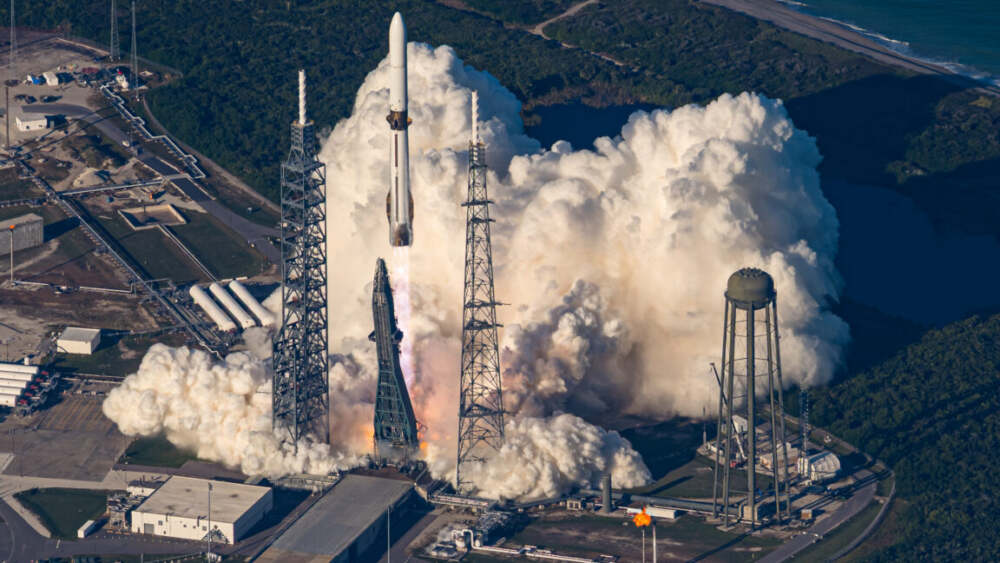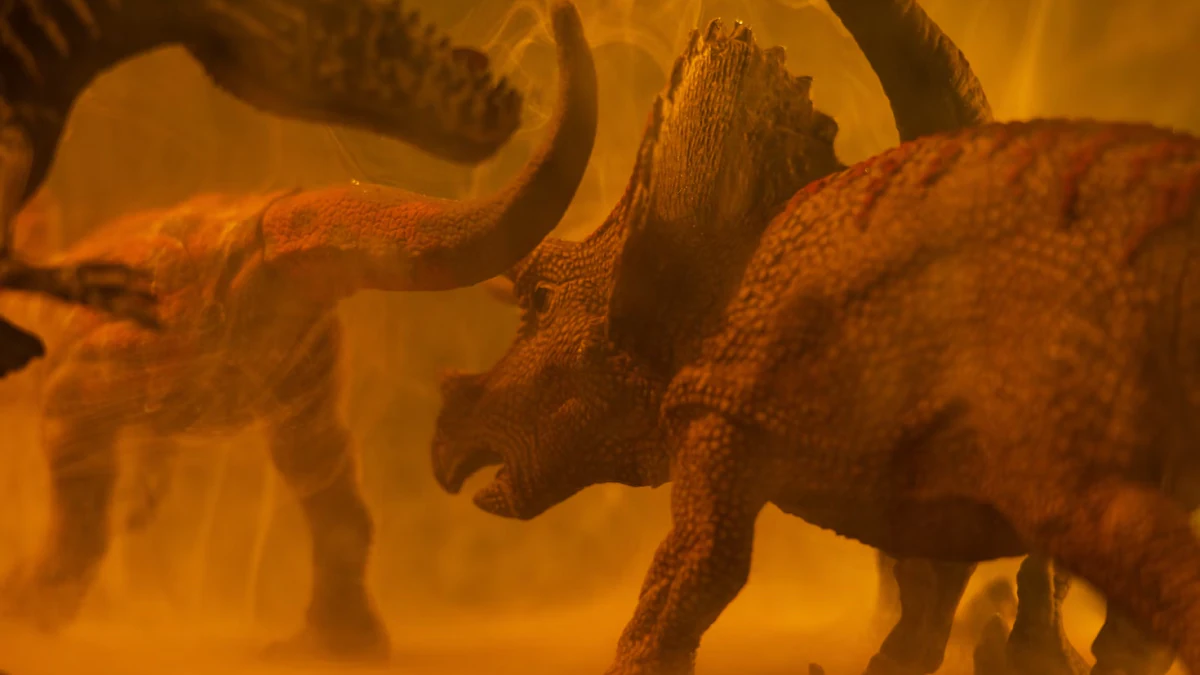From rockets landing at sea to ancient predators revealing new secrets, recent scientific announcements span space, Earth, life and tech.
Space & Exploration
Blue Origin achieved a major milestone when its heavy‑lift rocket completed a successful launch of twin Mars‑bound probes and followed with a textbook ocean‑barge landing of the booster. The feat underscores a push toward more reusable launch systems and opens up new possibilities for cost‑effective deep‑space missions.
Meanwhile, a separate mission involving the Shenzhou‑20 crew ended safely, after a brief orbital delay caused by suspected space‑junk damage. Their return marks a quick turnaround compared to past missions and reflects growing confidence (and complexity) in human orbital operations.
In the skies beyond Earth, a comet known as C/2025 K1 (ATLAS) has been observed breaking apart after its close solar approach — a dramatic reminder of the hazards comets face and the dynamic nature of our solar system.
Earth & Life Science
Researchers studying fossils of an extinct group of animals nicknamed “hell pigs” have discovered that these creatures had far more diverse feeding strategies than previously believed. Smaller species appear to have focused on flesh‑slicing, while larger ones likely crushed harder materials like bone. The finding gives a richer view of mammalian evolution tens of millions of years ago.
On our home planet, geologists are exploring the Idea that ocean‑bed volcanoes may be driven by ancient tectonic breakup rather than just mantle plumes, while another team mapped how large‑scale underground waves accelerate glacier melt in Greenland — highlighting how deep Earth and surface processes connect in surprising ways.
Technology & Physics
In computing, IBM introduced a pair of advanced quantum processors alongside a framework aimed at achieving fault‑tolerant quantum‑computing within a few years. This marks a clear step toward practical quantum machines that may one day transform encryption, simulation and materials research.
Meanwhile, in neuroscience, a new study dug into the question: why do we “zone out” when exhausted? The answer has to do with specific brain‑zones shifting into near‑sleep patterns even while we’re technically awake — a result with implications for fatigue, performance and safety in fields from aviation to medicine.
Why This Matters
Taken together, these developments show science operating on multiple fronts:
- Space: We’re entering a phase of more reliable, reusable systems and deeper planetary missions.
- Earth & Life: Evolutionary history and Earth‑system processes continue to reveal hidden complexity — reminding us that many so‑called “ancient” mysteries still have modern relevance.
- Tech: Advances in computing and neuroscience are nudging today’s boundaries, offering glimpses of next‑generation capabilities and the challenges tied to human performance.
Looking Ahead
Expect more frequent data from Mars missions, further validation of quantum‑computing prototypes, and growing attention to how environmental and biological systems interact in unanticipated ways. Each of these domains is moving fast.
















Leave a Reply